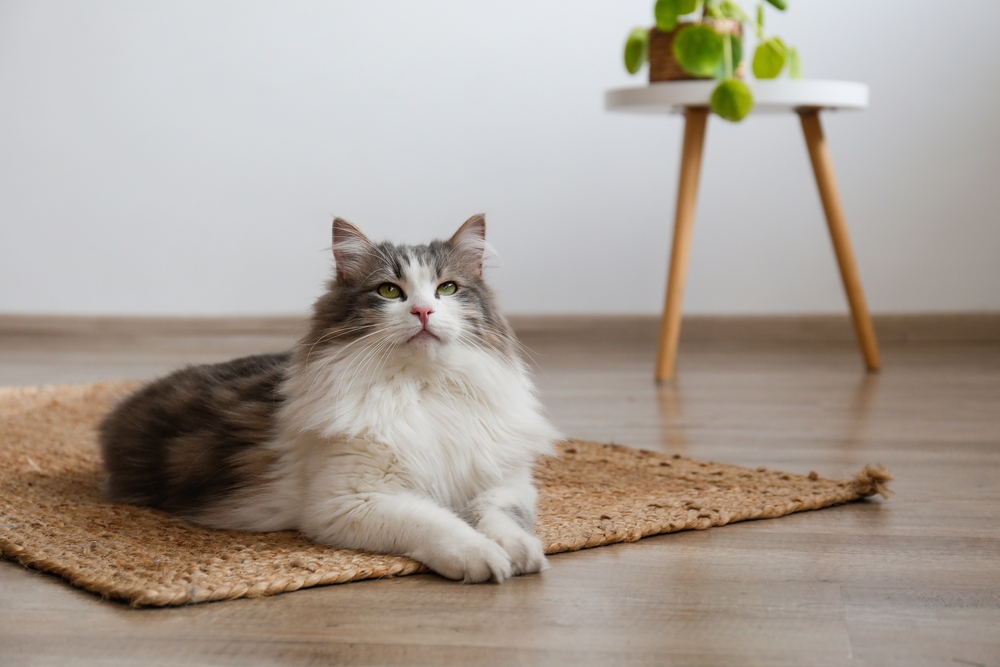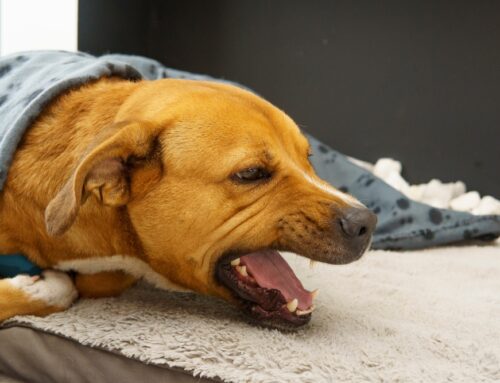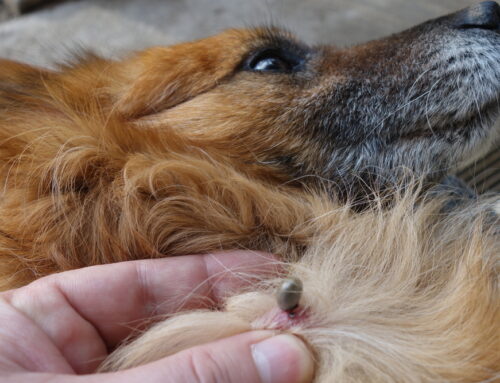Like an elderly person, a senior pet needs extra support as they age to continue living a healthy, rich, and fulfilling life. You can maximize your senior pet’s quality of life (QOL) during their golden years by prioritizing their health and wellness and making accommodations to ensure their comfort and mobility. Follow our Oliver Animal Hospital team’s tips to help your senior cat or dog live their best life.
#1: Schedule biannual senior pet wellness exams
As your pet’s age increases, so does their risk for conditions that threaten their life or QOL. During their golden years, many pets develop health conditions, including:
- Kidney and liver failure
- Cancer
- Diabetes
- Thyroid dysfunction
- Endocrine disorders
- Cognitive dysfunction
Preventive care (e.g., vaccinations, screening tests, parasite prevention) is still essential for seniors, but the focus of your aging pet’s wellness exam shifts from disease prevention to detection. Your senior cat or dog should receive twice-yearly wellness exams. These examinations’ purpose is so your veterinarian can diagnose diseases early, when they are easier to manage and treat, helping maintain your pet’s optimal health. During your pet’s wellness exams, several blood and urine diagnostic tests are performed, including:
- Complete blood count (CBC)
- Biochemistry profile (i.e., chemistry)
- Urinalysis
- Thyroid testing
#2: Regularly assess your senior pet’s body condition
According to Association for Prevention of Pet Obesity (APOP) surveys and studies, more than half of cats and dogs in the United States are considered overweight or obese. Excess weight increases a pet’s risk for diseases such as arthritis, diabetes, high blood pressure, heart and lung conditions, and kidney disease. As a pet slows down and becomes less active with age, they are more likely to gain weight, which can negatively impact their QOL. To keep your pet at a healthy weight, talk with the veterinarians in south Austin about switching to a senior pet food that is less calorically dense, and choose low-impact exercises that are appropriate for your pet’s age and health status to keep their body condition trim and their joints healthy. You may have difficulty assessing whether your pet’s body size or shape is healthy and determining your cat’s or dog’s ideal weight. You can quickly and easily perform a body condition score (BCS) at-home assessment, which can tell you a lot about your pet’s physical condition. To determine your pet’s BCS, palpate their ribs and observe your furry pal from above and the side, considering the following:
- Ribs — You should be able to feel each rib easily by applying light pressure.
- Waist — When viewed from above, your pet should have a defined, hourglass-shaped waist.
- Silhouette — When viewed from the side, your pet should have a slight tuck or upward abdominal slope.
#3: Engage your senior pet with enrichment activities
As your pet ages, cognitive dysfunction can develop, causing a mental capability decline. However, you can help maintain your senior pet’s brain health by providing them with plenty of mental stimulation. Engage your senior pet’s body and brain through the following enrichment activities
- Interactive toys — Provide your pet with interactive toys that encourage independent play, activity, and thinking.
- Puzzle feeders — Rather than feeding your cat or dog out of a regular bowl, try serving their food in a puzzle feeder to provide mealtime mental stimulation and physical exercise.
- New walking routes — The same old sights and smells can bore your pet. Try a new walking route to stimulate your pet’s senses.
- Training — Training busts boredom and keeps your pet’s brain active, making this an ideal activity for a pet of any age.
#4: Help your senior pet maintain mobility

Older pets can develop conditions, such as arthritis, that make getting around a challenge. Ensure your pet can easily and comfortably navigate your home by modifying their living area for improved access and comfort:
- Traction — Slick floors pose a danger to senior pets or those with mobility challenges. Help your pet feel sure-footed by using rug runners, yoga mats, or paw traction products (e.g., PawFriction, Dr. Buzby’s ToeGrips).
- Installing ramps or pet steps — Prevent your pet from struggling to jump by installing ramps or steps next to furniture or leading to the outdoors.
- Nightlights — Senior pets often experience vision loss, so use nightlights in hallways or rooms to guide your cat’s or dog’s way in the dark.
- Orthopedic bedding — Firm, orthopedic bedding cushions sore joints.
- Lower the litter box — Normal litter boxes’ sides may be too high for comfortable usage, so provide low-sided boxes if you have an elderly cat.
Age is not a disease, and your senior pet can continue to enjoy a full life for years to come when you follow these tips. Ensure you and your pet can enjoy many more years together by prioritizing their health. Schedule your senior pet’s wellness exam with our Oliver Animal Hospital team.







Leave A Comment